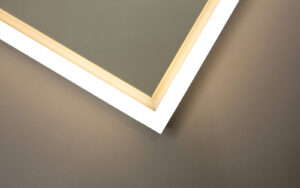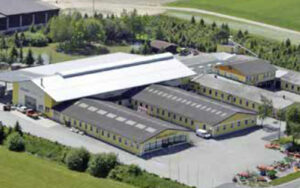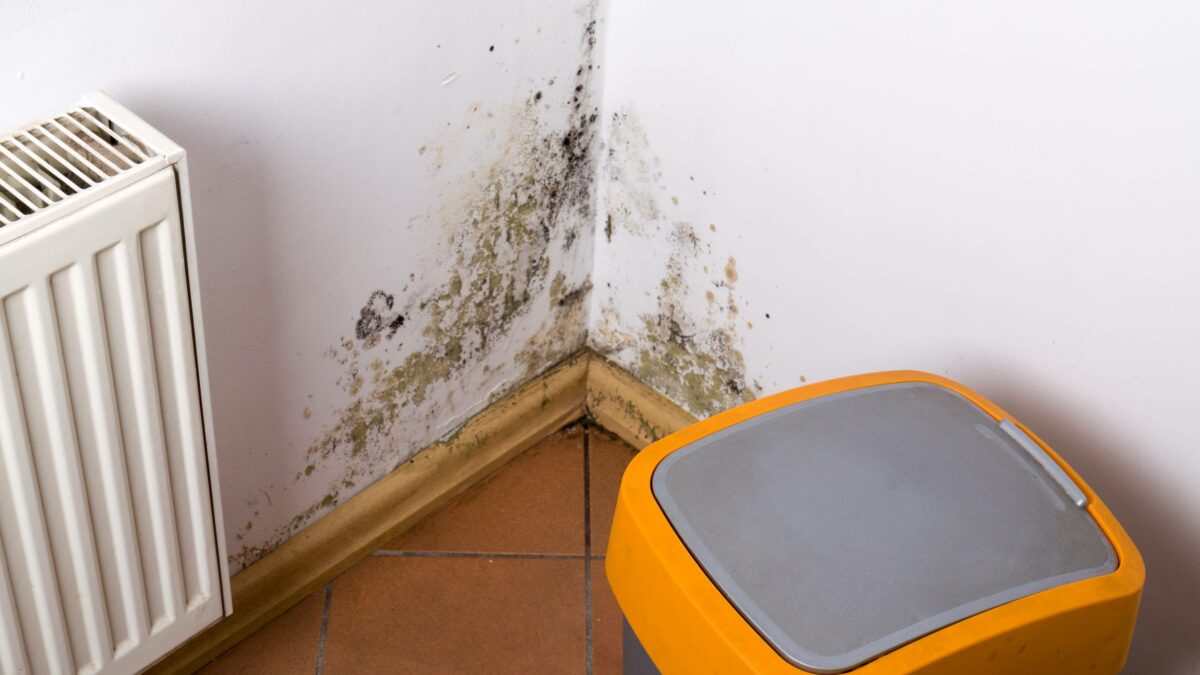How to eliminate and prevent mold specifically
Almost every apartment or house owner has to deal with mold infestation sooner or later in his life. The annoying green or black fur that covers corners and niches is not only unsightly to look at, but also poses a health risk that should not be underestimated. In our article you can read about the dangers of mold and how you can not only effectively combat the fungal spores, but also specifically avoid new infestations from the very beginning.
The insidious danger: mold as a trigger of many health complaints
Today, mold spores are scientifically proven to be responsible for a whole range of diseases, especially of the respiratory tract. If the fungal spores are inhaled over a long period of time, they accumulate in the lungs and can be the trigger for allergies, which in turn often manifest themselves as asthma or a chronic cough. Regular headaches, rhinitis, burning eyes or sleep problems can also be attributed to increased exposure to mold spores. Once the symptoms appear, it is high time to counteract the mold infestation immediately.
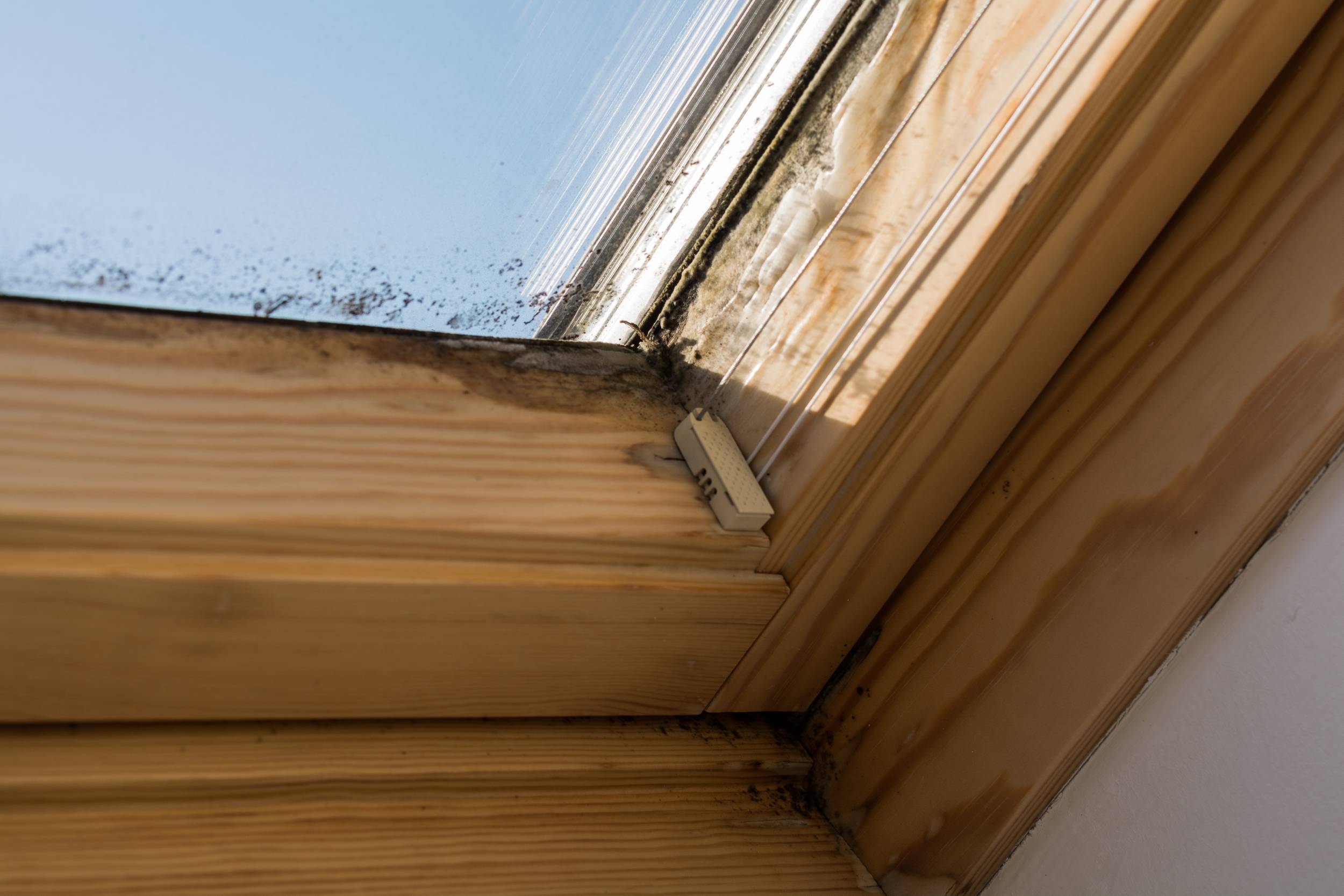
How does mold develop?
The main factors that lead to the unwelcome formation of mold are humidity and strong temperature differences, which can sometimes lead to condensation.
Mold spores exist practically everywhere; if the conditions are optimal due to sufficient humidity, ideal temperature and available breeding ground, they germinate and the visible green or black mold develops. Therefore, in order to combat or prevent mold, it is imperative to eliminate these factors. Particular attention should be paid to the moisture factor.
Excessive humidity in rooms arises in several ways: insufficient ventilation to allow excessively humid air to escape, inadequate sealing of walls, so-called thermal bridges (weak points in the thermal insulation that lead to a high heat flow to the outside and thus to a lower temperature of the interior surfaces), residual moisture in new buildings, and irregular temperature distribution in the premises, for example due to poor heating systems (convection heating, etc.) or displacement of niches and exterior walls by furniture.) or displacement of niches and exterior walls by furniture, are among the main problems.
A common problem is also often underestimating the output of various sources of humidity. Houseplants, clothes dryers, the boiling pot on the stove or the indoor fountain in the living room, for example, can contribute significantly to increasing humidity, and the occupants themselves also produce humidity: a sleeping person alone produces about 1 to 1.5 liters of moisture per night.
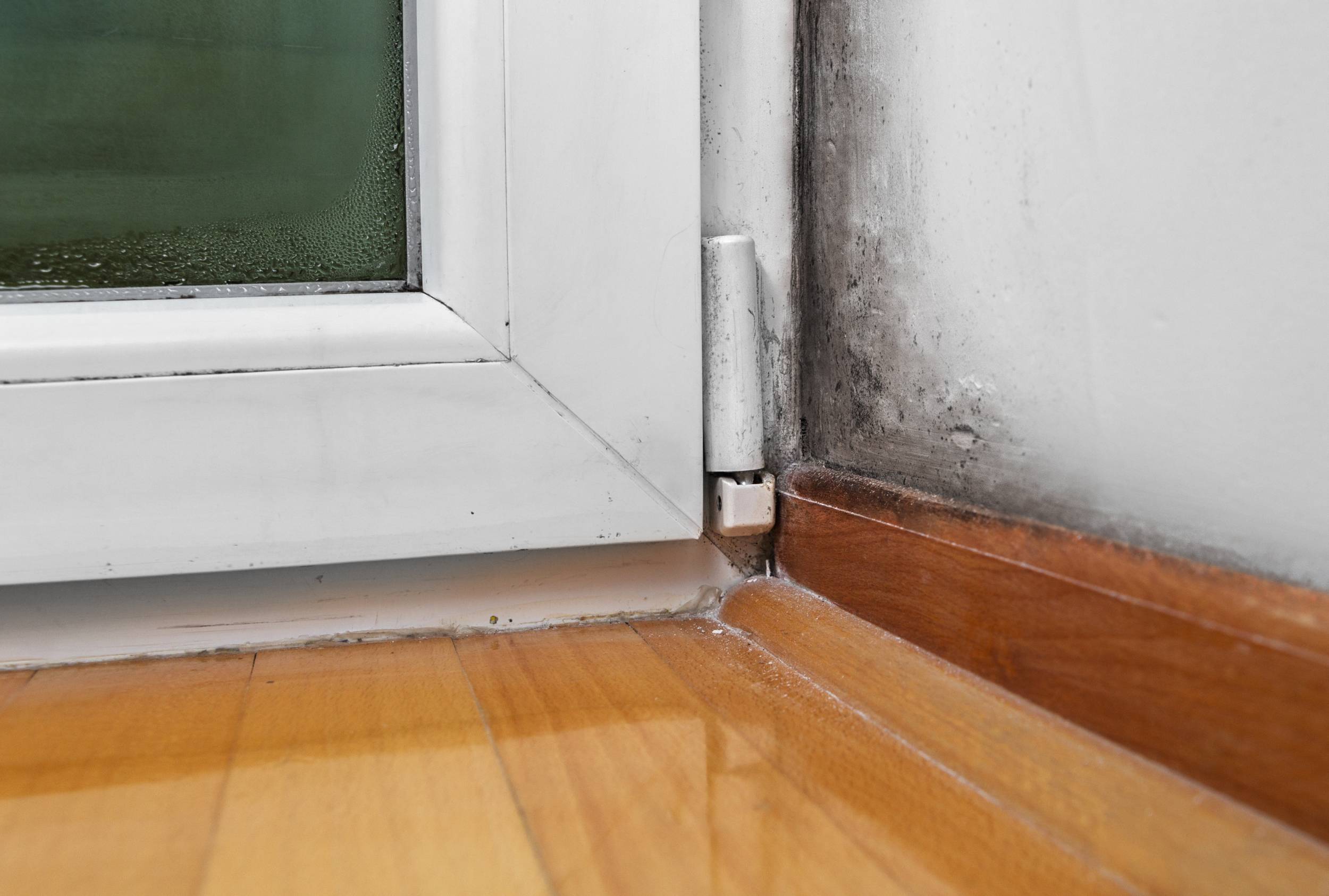
What to do to get rid of and prevent mold?
From the previous paragraphs it is easy to see: the most important step in the fight against mold is to reduce the moisture in and on the walls. In the short term, mold can also be removed with the known chemical or natural means, but without removing the high humidity, a new infestation is already pre-programmed.
Therefore, the most important measure is an assessment of the place where the mold appears: the first thing to do is to remove avoidable sources of humidity (indoor plants, electric humidifiers, furniture that creates niches) and pay attention to regular, proper ventilation (ideally at least three times a day for about five minutes). If the mold infestation cannot be combated with these measures alone, it is necessary to take a look at the building situation: Is moisture penetrating from the outside? Is the wall sufficiently thermally insulated? Could the location be a thermal bridge? However, necessary structural improvements are often associated with high costs.
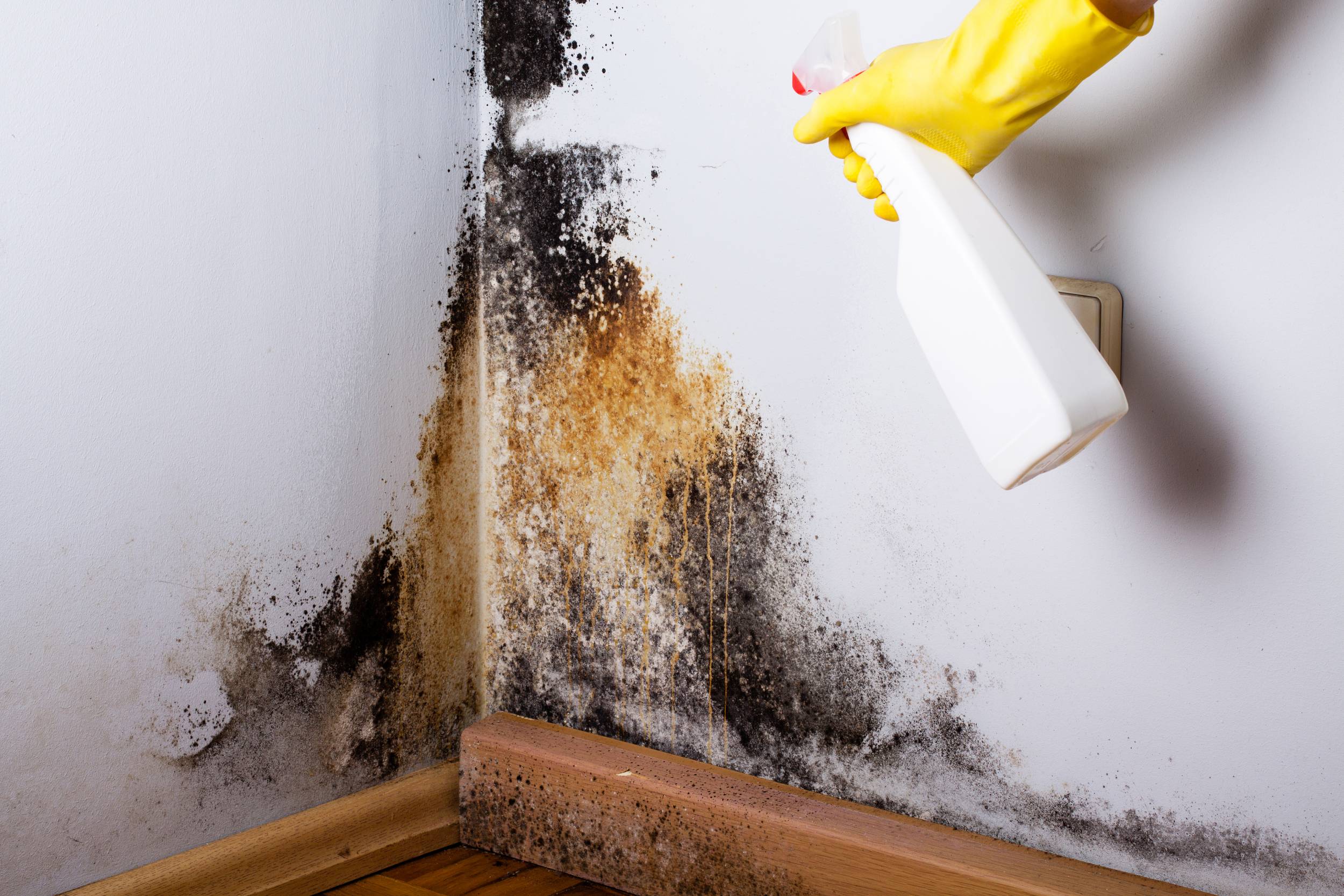
A cheaper and, in the vast majority of cases, equally effective way to combat mold and prevent it in the future is to use infrared heating. Infrared heaters warm premises by heating – and thus drying – not the air, but the walls and objects in the room. This form of heating is not only perceived by humans as far more pleasant than the heat from conventional heating systems, by heating the wall temperature also shifts the dew point in the wall to the outside and possible mold infestation is thus deprived of the basic charge for growth – the moisture on the inner surface of the walls. Infrared heaters can be used in any type of room, including wet rooms such as bathrooms or pool houses, and can be installed quickly and easily – without the need for chiselling or alterations. Even new buildings can be quickly and effectively dried first with infrared heating.
For more information on the various fancy designs of our Heat4All ICONIC infrared heaters and their versatile applications, we would like to refer you to our product pages or invite you to book a free and non-binding consultation appointment with one of our sales partners.
